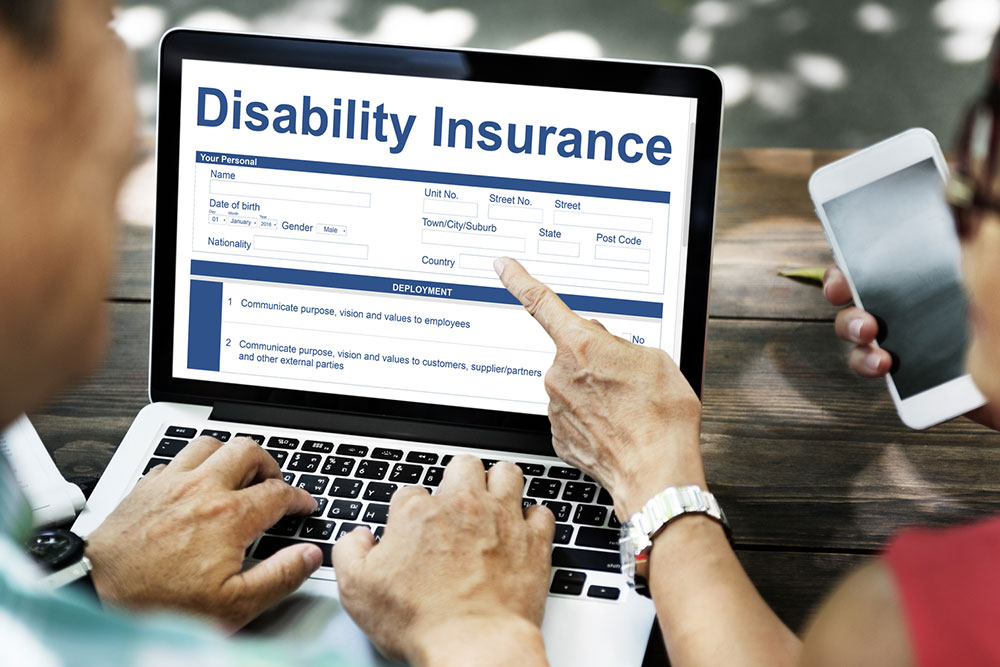Comprehensive Guide to Selecting the Ideal Disability Insurance Policy
This comprehensive guide explores how to choose the most suitable disability insurance plan suited to your health, income, and career needs. Discover key factors, tips for application timing, and optional add-ons to ensure uninterrupted income during unforeseen health setbacks. Protect your financial future today.

The Complete Guide to Choosing the Right Disability Insurance for Your Financial Security
In today's unpredictable world, building a comprehensive financial safety net is more important than ever. While many individuals prioritize purchasing life and health insurance, an often-overlooked component of financial planning is disability insurance. This crucial coverage provides income replacement when illness or injury prevents you from working, ensuring that your financial stability remains intact during difficult times. Whether you're a salaried employee, self-employed, or running a business, choosing the right disability insurance plan can significantly impact your long-term financial health.
Despite its vital role, many individuals neglect to secure disability insurance, often underestimating the risk of temporary or permanent disability. This form of insurance acts as an essential safety mechanism, maintaining your standard of living and covering expenses during periods of incapacity. This article explores how to choose the most suitable disability insurance plan tailored to your specific needs, career scenario, and financial goals. We’ll examine the different types of coverage—short-term and long-term—the key factors to evaluate before signing any policy, and tips to ensure you receive optimal protection.
Why Disability Insurance is a Crucial Component of Your Financial Plan
Our income is often the foundation of our financial stability. Losing it, even temporarily, can lead to significant financial distress, especially if you lack adequate savings. Disability insurance provides a vital income stream that can help cover everyday expenses, medical bills, mortgage or rent, and other obligations. Unlike life insurance, which provides benefits after death, disability insurance steps in when your ability to work is compromised, offering peace of mind during unforeseen health setbacks.
Who Should Consider Disability Insurance?
This insurance is particularly vital for high earners, individuals with substantial debt such as mortgages or student loans, self-employed professionals, and anyone without sufficient savings to buffer income loss. While physically demanding jobs are often associated with higher risk, even office workers and entrepreneurs can benefit from disability coverage because unexpected health issues can impact anyone regardless of profession.
Moreover, if your livelihood depends heavily on your ability to work, disability insurance becomes not just a precaution but an essential safeguard. It ensures uninterrupted cash flow, enabling you to meet your financial obligations without hardship.
Important Factors to Consider When Choosing a Disability Insurance Policy
Assess Personal Risks: Understanding your specific health risks and occupation hazards is crucial. Consulting multiple insurance agents can help you gain a clear picture of your risk profile and avoid overpaying for unnecessary coverage. Tailoring policy features in line with your profession and health status ensures you get optimal protection.
Apply Early: Securing coverage while you're healthy is advisable. The medical examination process can be less invasive, and premiums are generally lower for healthier applicants. Delaying application might lead to increased costs or denial in some cases.
Evaluate Income and Earnings Stability: Your yearly income is a primary factor in determining your coverage limits. For self-employed individuals or freelancers with fluctuating incomes, reviewing tax returns and financial statements can help approximate average earnings, ensuring your policy provides adequate support during periods of reduced income.
Waiting Period (Elimination Period): This is the duration between filing a claim and receiving benefits. Typical periods are around 90 days but can vary. During this time, having an emergency fund can prevent financial strain. Planning for a longer waiting period might reduce premiums, but ensure your savings can sustain you during this interval.
Optional Riders and Additional Benefits: Consider add-ons such as cost-of-living adjustments, future increase options, or riders that cover specific illnesses. Only select riders that genuinely add value and meet your unique needs to avoid unnecessary expenses.
Cost of Premiums: Premium costs vary widely based on coverage features, health, age, and occupation. Group policies, often provided through employers, tend to be more affordable, typically costing between $300 and $500 annually. Individual policies, especially tailored ones, can range from $2,000 to over $3,000 per year. Prioritize value over cost to ensure comprehensive coverage.
Post-Retirement Considerations: Disability insurance is generally unnecessary once you retire, as your active working years conclude. Renew earlier coverage if you plan to work part-time or in a capacity where your income could be affected.
In conclusion, selecting the right disability insurance plan requires careful evaluation of your health conditions, income stability, job risks, and long-term financial objectives. Proper planning and understanding the nuances of available policies can provide you with peace of mind, knowing you're protected against income loss during unforeseen health emergencies. Investing time and thought into this decision ensures that you and your loved ones remain secure, no matter what challenges arise.





